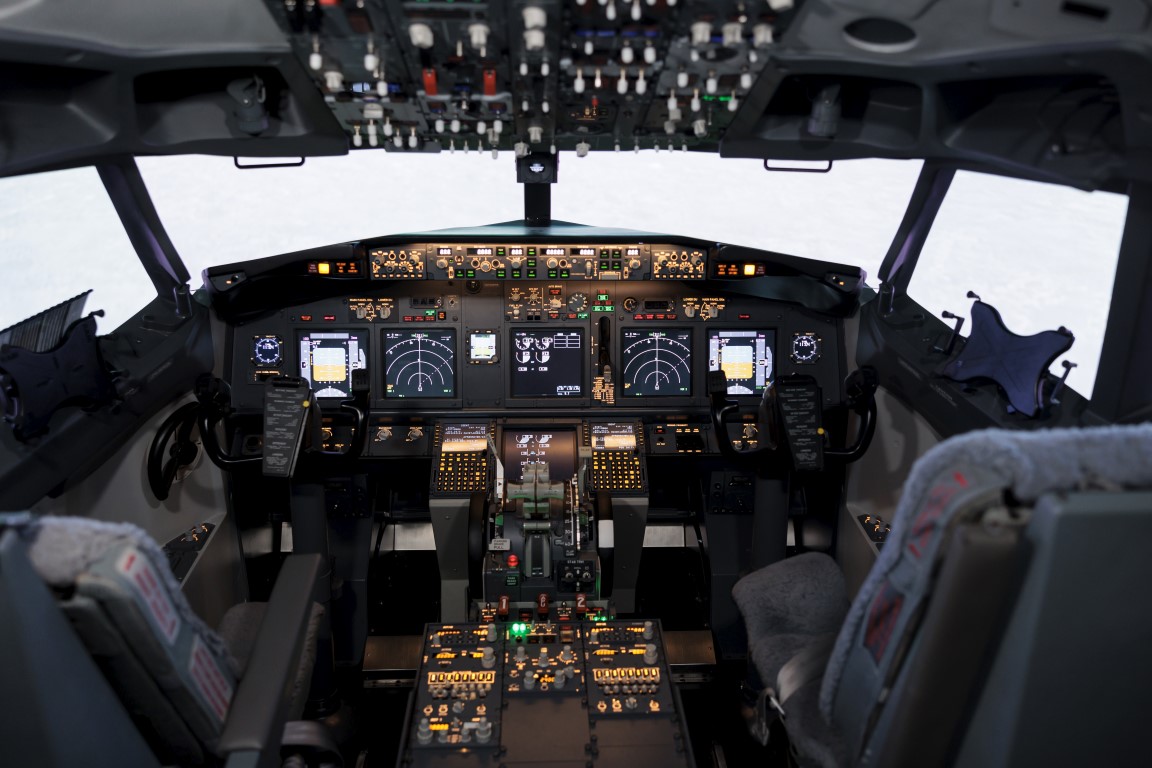

Introduction: The lingua franca of aviation is English.
In the world of international aviation, English is not just a means of communication; is the foundation of safety and professionalism.
Pilots, cabin crew and ground handling staff carry out most of their duties in English. Because in the air or on the ground, there is no room for misunderstanding.
In this article:
- Why is aviation English so important?
- What are the most common expressions for pilots and cabin crew?
- How to learn English specific to your field?
We will address all of them in detail and with examples.
🛫 Why is English so Critical in Aviation?
1. Required by ICAO Standard
The International Civil Aviation Organization (ICAO) requires pilots and air traffic controllers to certify their English communication skills at "Level 4".
2. Communication Saves Lives in Vital Moments
Emergencies, directions, technical problems... If the English is not clear, every misunderstood sentence can turn into a life risk.
3. The Key to Your Career
Whether you want to work for an international airline, be promoted to captain pilot or study abroad, English is the key to the doors ahead.
🧑✈️ The Most Common English Patterns for Pilots
🛩️ Radio Transceiver (R/T) Communication Patterns:
- "Cleared for takeoff, Runway 18." - Cleared for takeoff, runway 18.
- "Requesting descent to FL 180." - Request landing at flight level 180.
- "Negative, unable to comply due to traffic." - No, we cannot comply because of traffic.
- "Mayday, Mayday, Mayday." - Emergency notification (only used in real emergencies)
✍️ Patterns Used in Flight Reports:
- "Encountered moderate turbulence at FL 350." - At 35,000 ft, moderate turbulence was encountered.
- "Landing gear deployed manually due to system failure." - Due to a system malfunction, the landing gear was manually deployed.
🧑🦱 English Patterns for Cabin Attendants / Stewardesses
🧳 Pre-Flight:
- "Welcome on board! May I see your boarding pass?" - Welcome, may I see your boarding pass?
- "Your seat is 14A, just on the left." - Your seat is 14A, on the left.
✈️ In-Flight
- "Please fasten your seatbelt." - Please fasten your seat belt.
- "We will be serving drinks shortly." - We will start serving drinks shortly.
- "Is there a doctor on board?" - Is there a doctor on board?
🚨 Emergencies
- "Remain calm and follow the instructions." - Stay calm and follow the instructions.
- "Brace for impact!" - Take the collision position!
📘 Basic Aviation English Vocabulary List
| English | Turkish |
| runway | runway |
| altitude | Altitude |
| turbulence | turbulence |
| cabin crew | cabin crew |
| landing gear | landing gear |
| checklist | checklist |
| emergency exit | emergency exit |
| seatbelt sign | seat belt sign |
🎓 How to Learn Aviation English?
Don't waste time with general English.
For someone who wants to be a pilot or a cabin crew member field-oriented English language educationgives quick results and works directly.
Practical methods:
- Practice dialogues based on simulations.
- Use resources that prepare for the ICAO Level 4 exam.
- Practice speaking in situations similar to real flight scenarios.
- Listen to podcasts and videos about aviation.
✈️ Conclusion: English is the first step on your journey to the sky.
To fly is to ascend, not only physically but also professionally.
The language of this rise is internationally recognized Aviation EnglishDir.
🎯 Target English Academy - Aviation English Program: Guide your career with our one-to-one training for pilots, cabin crew and professionals preparing for ICAO exams.
Tags:
You May Also Like
-
Oct 1, 2025
-
Sep 25, 2025
-
Sep 21, 2025
-
Sep 17, 2025
Join our mailing list to receive information and opportunities about our courses.
Contact
Call us
Address



